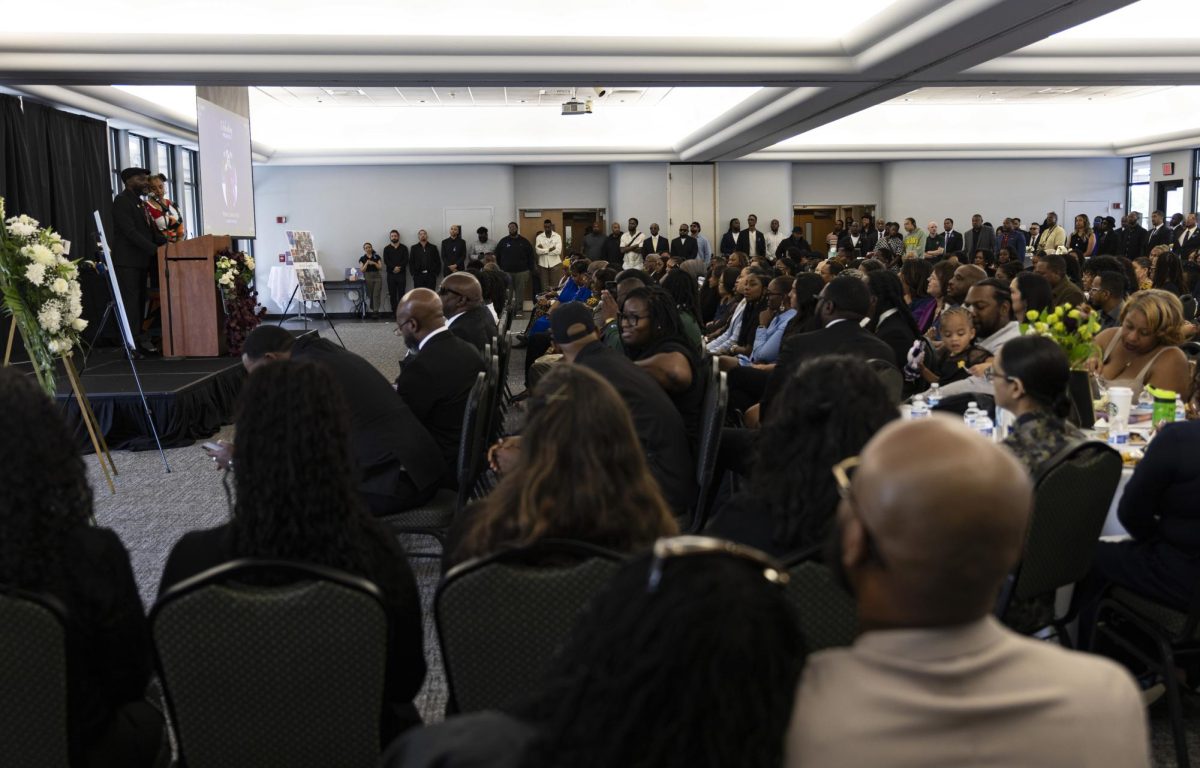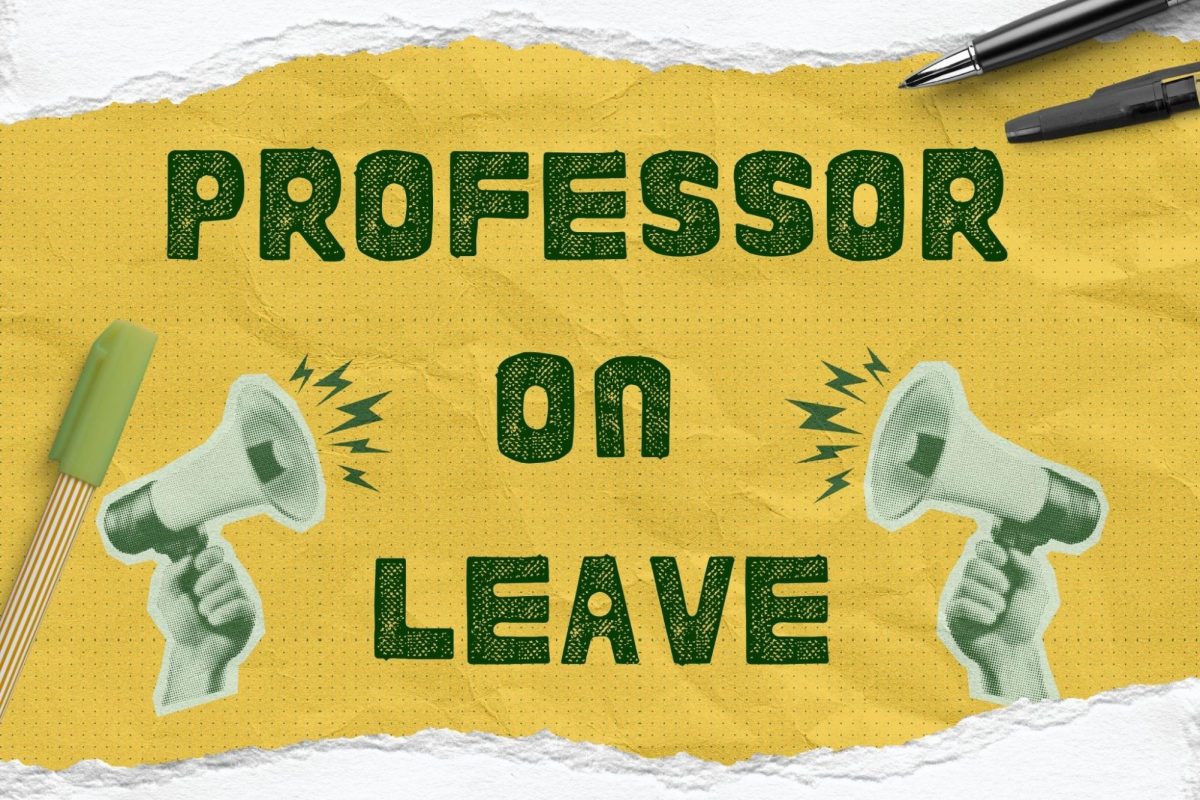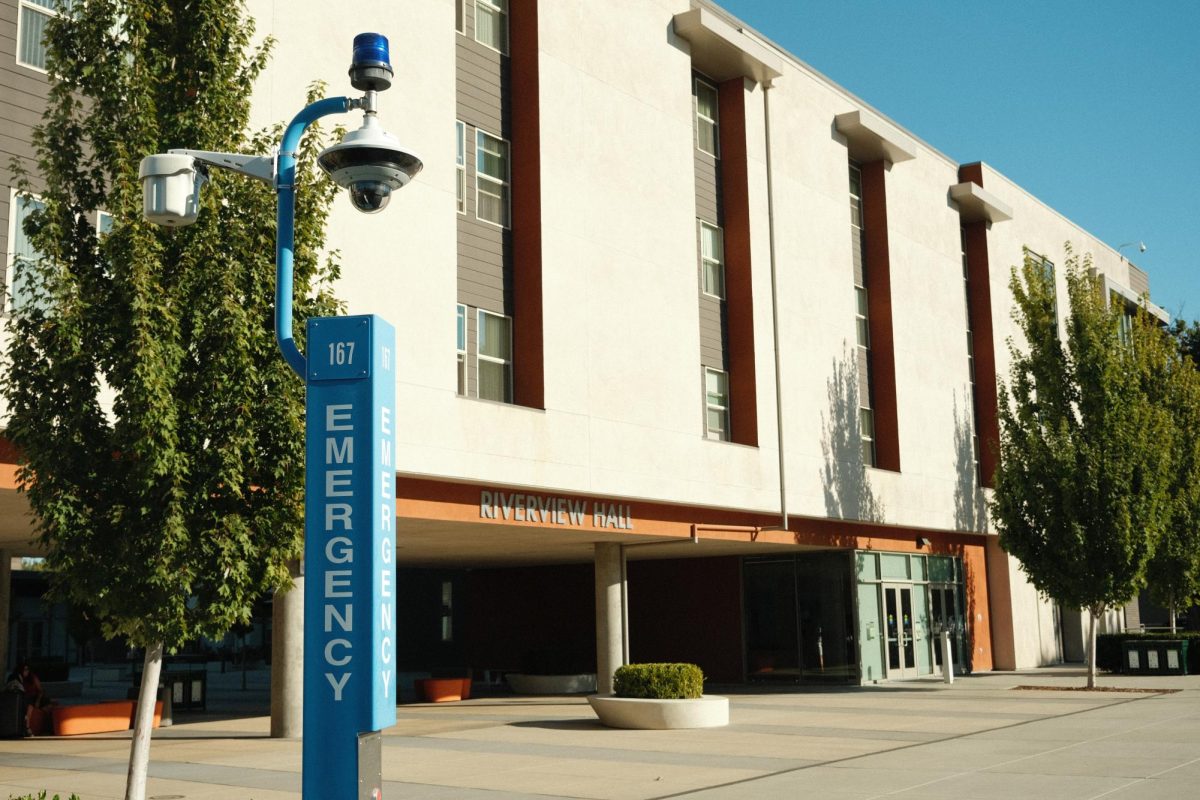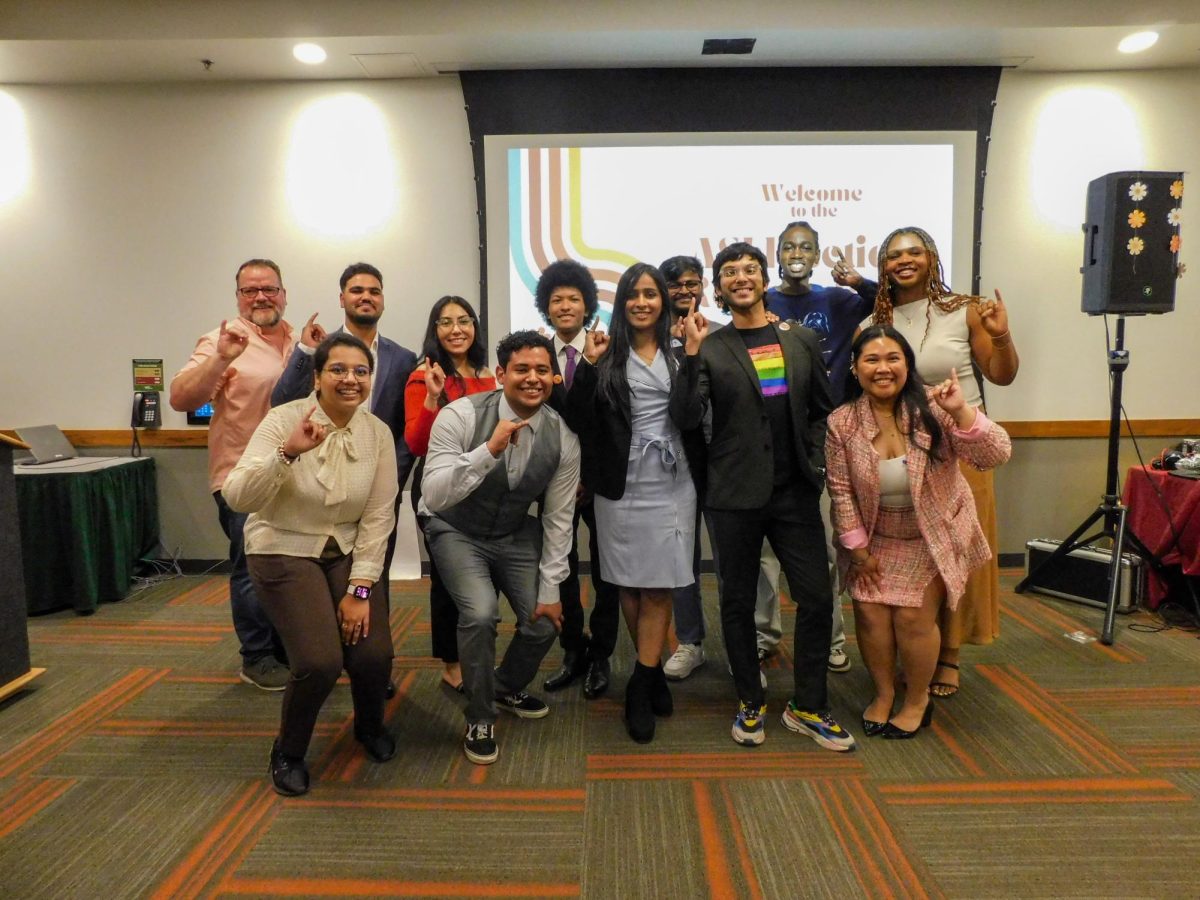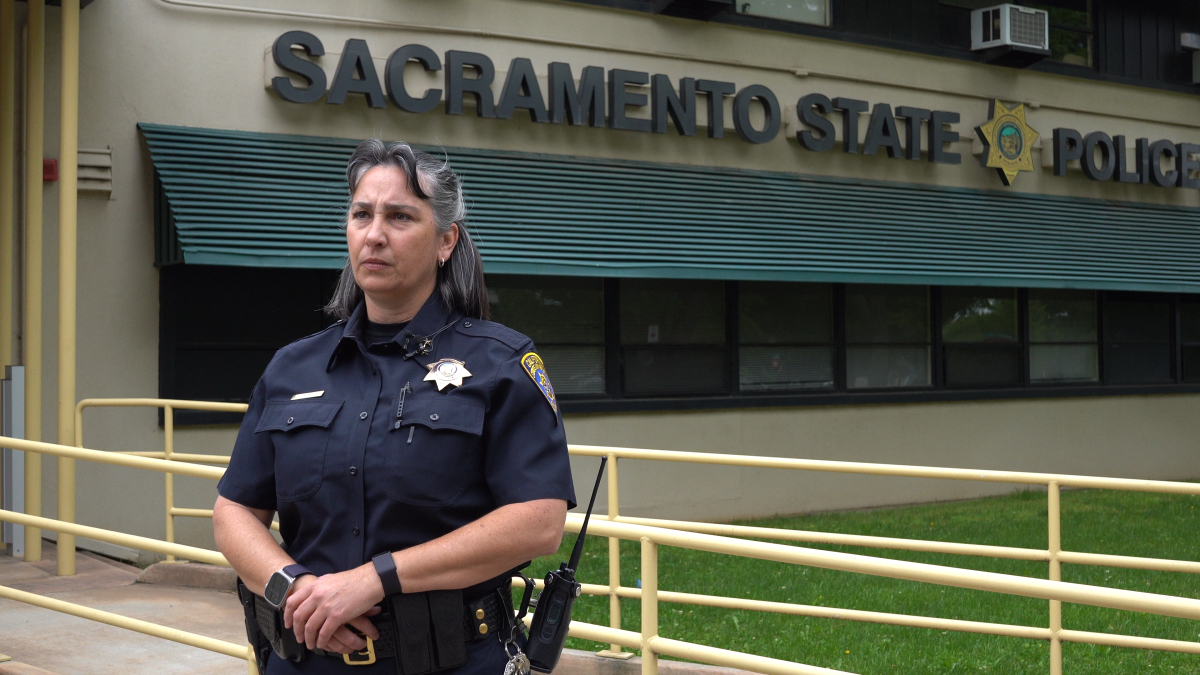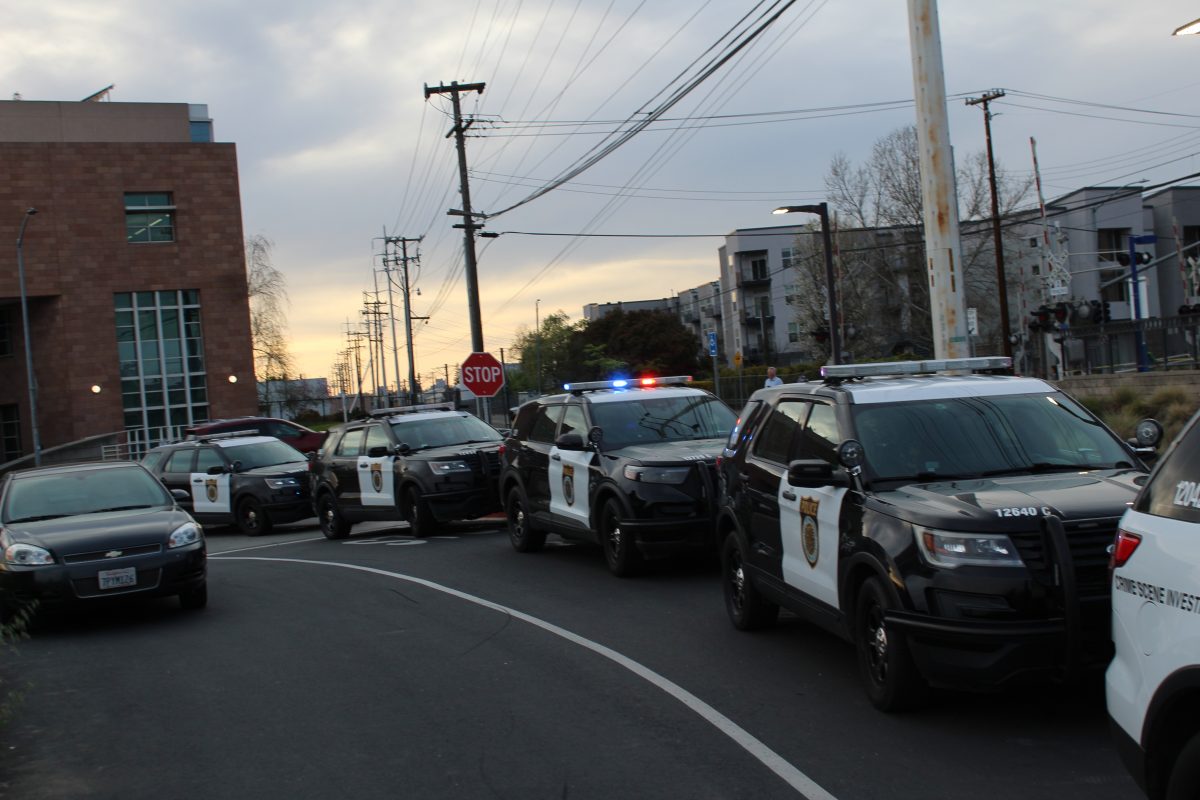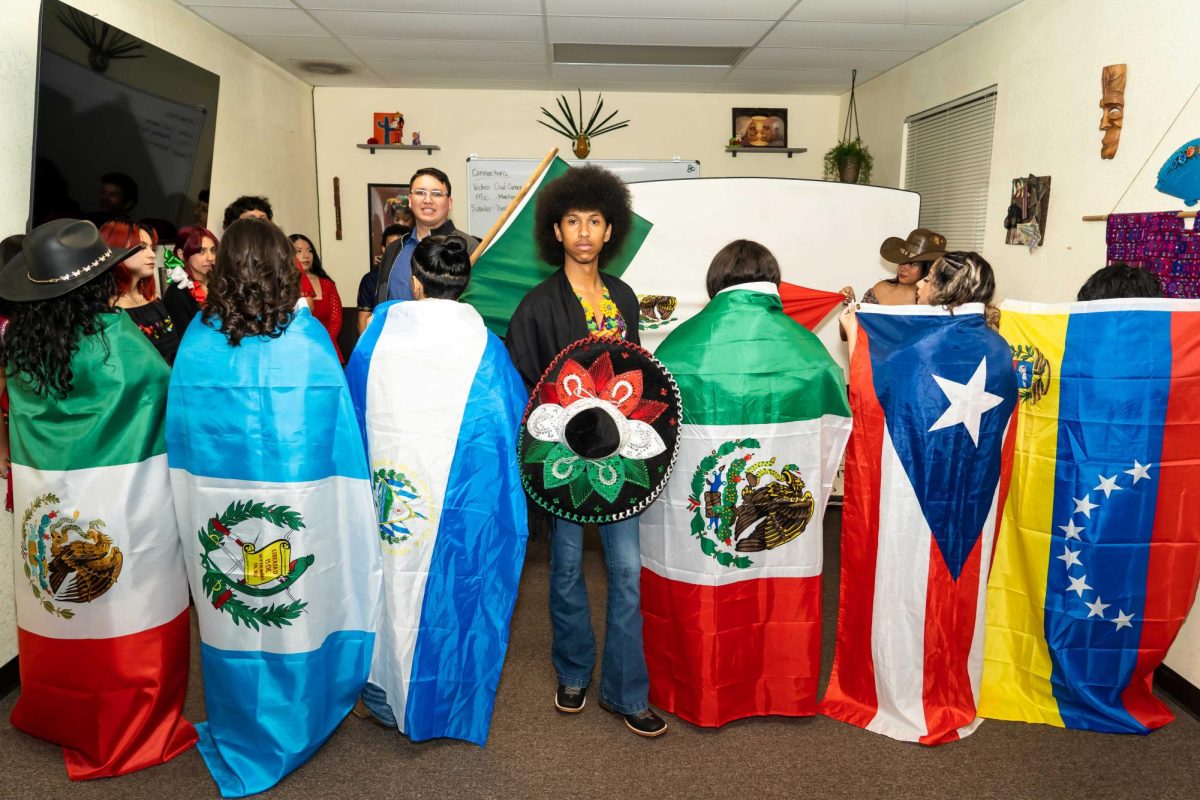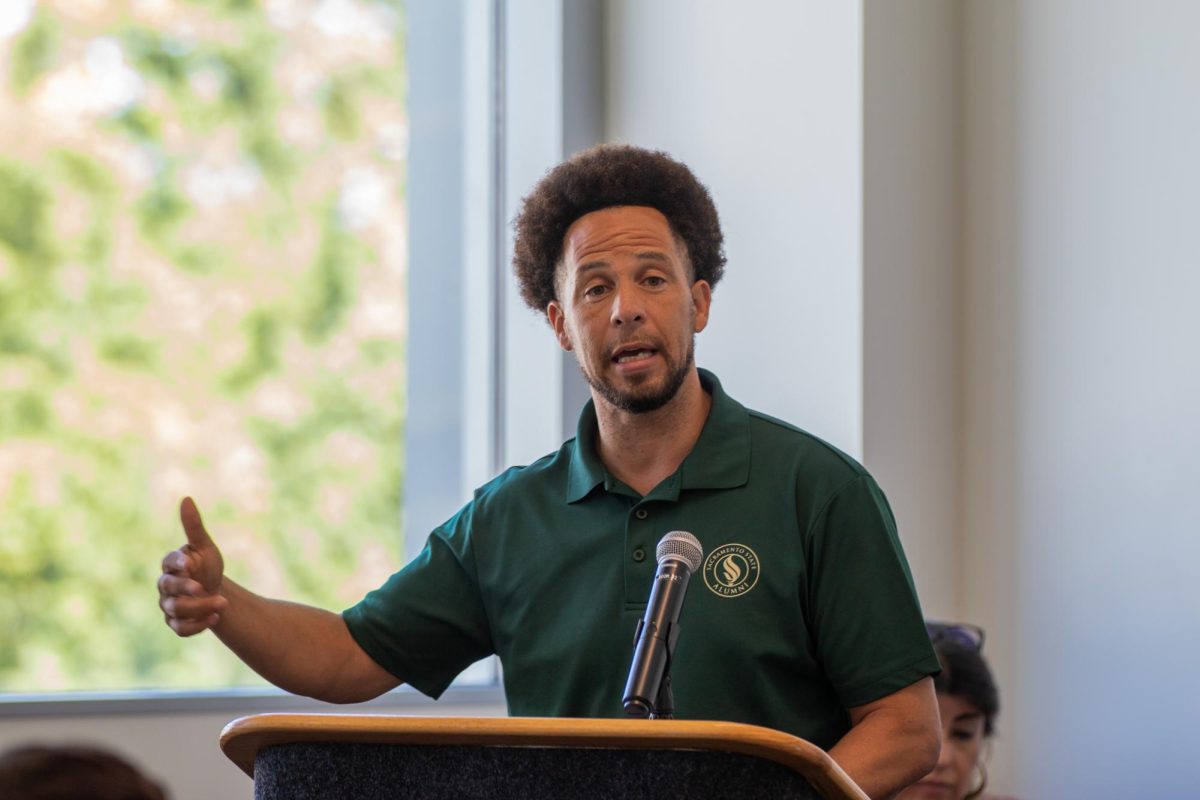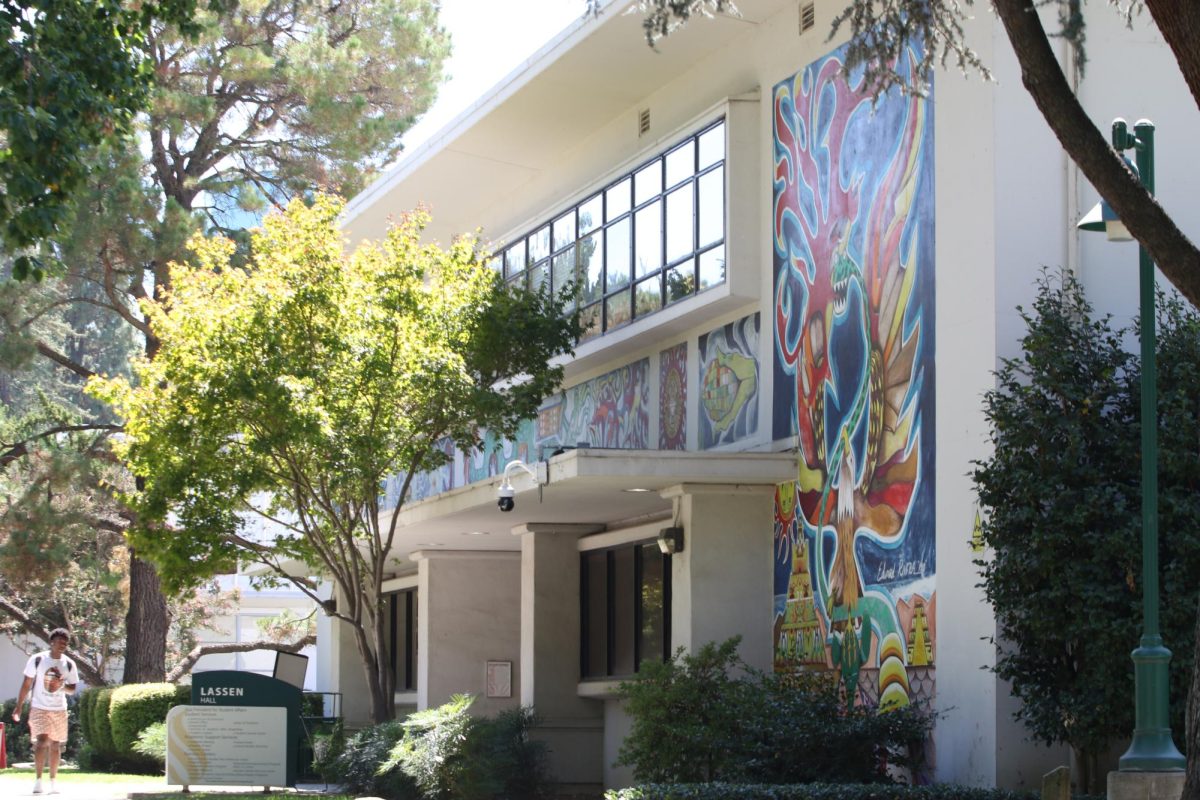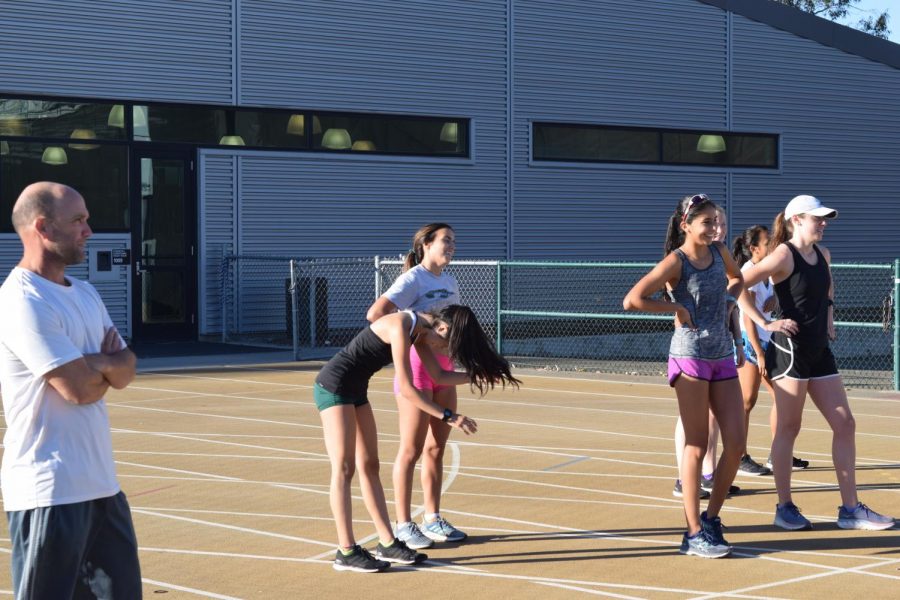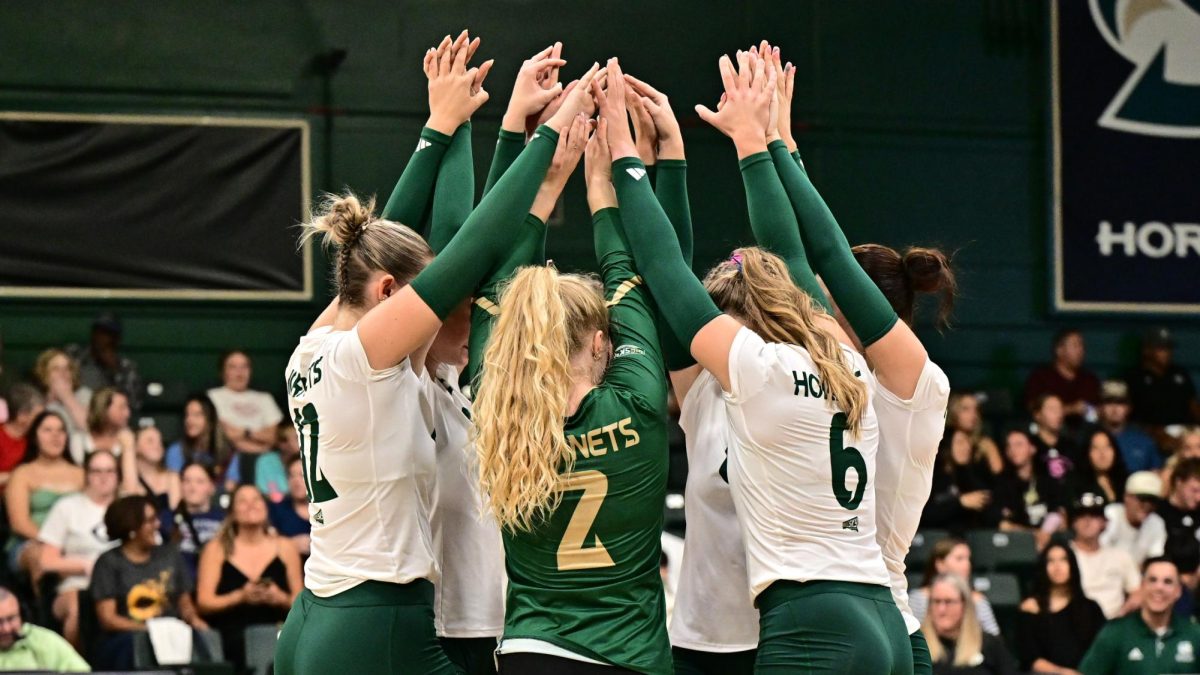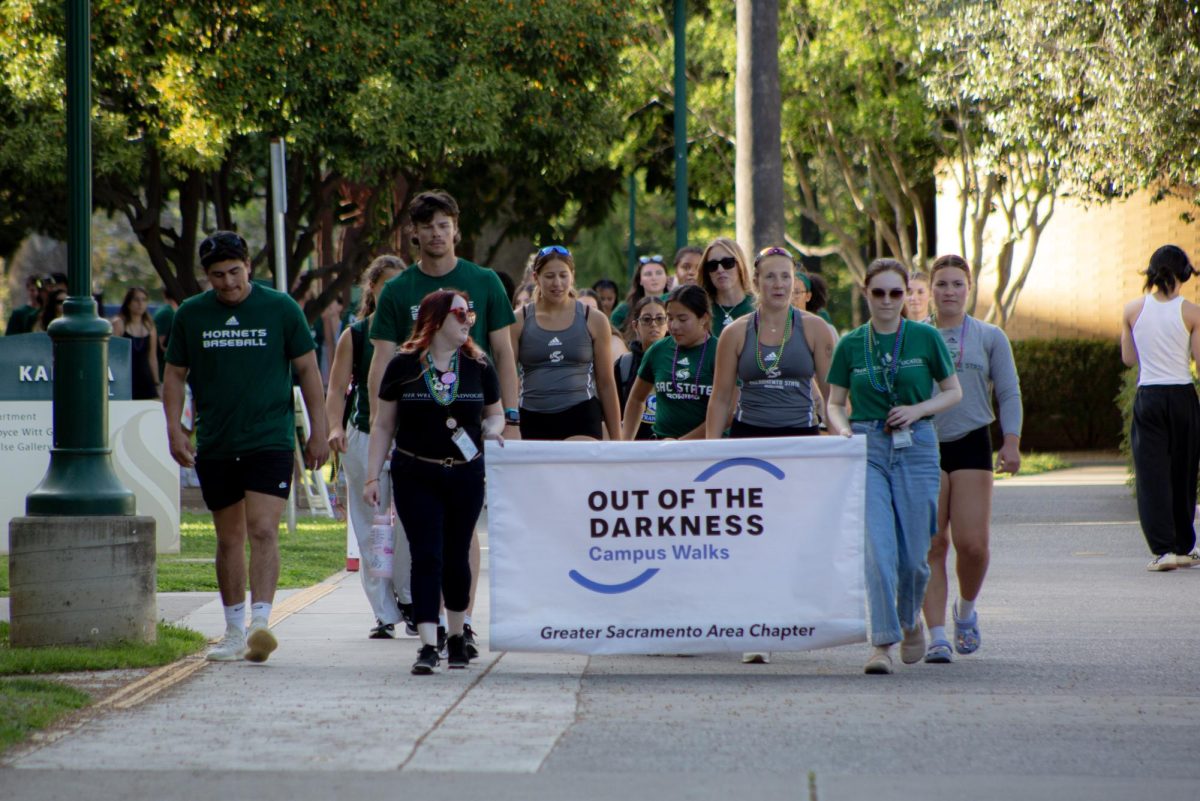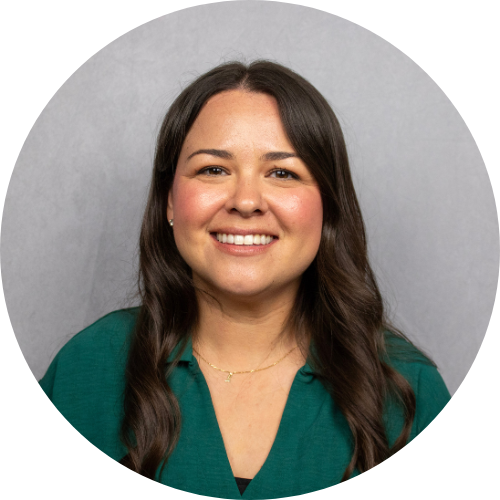With the start of the fall 2025 semester, the Sacramento State course catalog does not look the way it did before. Since fall 2024, there has been significant program restructuring which led to major changes regarding departments and available classes.
Beginning this semester, Sac State has adopted the new CSU general education requirements. The new GE standard includes decreased unit requirements and subject areas that were relabeled, restructured or eliminated.
Sac State has also officially disbanded its Recreation, Parks & Tourism Administration department but has adopted its support of CSU Women’s & Gender Studies programs after closure concerns.
General Education Requirement Changes
According to PolicyStat, the revised GE requirements were first introduced in August 2017 and were approved by the CSU Board of Trustees in March 2024. At Sac State, changes to the GE program were first proposed to the Faculty Senate on March 20 but weren’t approved for implementation until April 24.
The new pattern was created in response to the Student Transfer Achievement Reform Act, which required “a singular lower division general education pathway” that meets the academic transfer requirements at both CSU and UC campuses.
Director of Undergraduate Studies at Sac State Sharyn Gardner said that there were previously multiple GE pattern options, depending on whether a transfer student aimed to enroll in a UC or CSU school. These options will no longer be necessary with the new Cal-GETC curriculum.
“By having one pattern at our California community colleges and the same pattern at CSU and UC campuses, students have a more seamless transition transferring to either university system,” Gardner said.
With the new pattern, transfer students and incoming freshmen will only be required to complete 34 lower division units rather than the previous 39 to 40 units. The 9-unit upper division requirement will remain the same.
Part of the reason for this change, according to Gardner, is because of the elimination of a third course required in former Area C covering arts and humanities. Former Area E, “Understanding Personal Development,” which mostly covered First Year Seminar was also eliminated and the class requirement was moved.
One of the main changes was relabeling all areas using numbers instead of letters.
Other changes that have been implemented include splitting the former Area B – which covered mathematical concepts, quantitative reasoning and physical sciences – into Areas 2 and 5.
Area 4 – which was previously Area D – is no longer titled “The Individual and Society” and has now become “Social and Behavioral Sciences.” The previous title was unique to Sac State but was changed to correspond with the new CSU GE policy.
“In prior GE patterns, campuses were encouraged to keep the names of the GE areas but could also customize the area names for their respective campus, if they so choose,” Gardner said.
On May 7, training for the new GE pattern began, and multiple presentations were hosted through Zoom to inform advisers and students of the changes.
Alejandro Valencia, an adviser from the Academic Advising Center, said he felt his experience learning the new pattern went smoothly and that the new pattern is very similar to the old one.
“We are fortunate to have a supervisor that is clear in their communication and training,” Valencia said. “So we knew well in advance of this new pattern and had time to adjust accordingly.”
Valencia said that he hasn’t really noticed any new students struggling to adjust to the new requirements.
“Most students who are confused about the new pattern are continuing students who don’t know if they need to switch to the new catalog or if their requirements change,” Valencia said. “For new students, the new pattern is the first pattern they are seeing.”
Returning students who followed any of the previous catalogs are not required to switch to the new pattern and are entitled to catalog rights.
Transfer students whose credits have not yet transferred over, or are considered first years, will be assigned the new GE requirements. When their credits transfer over, they may be converted to the new catalog.
These new patterns were especially challenging for orientation leaders like junior health science major Seven Tanko, who spent her summer helping students on a different catalog than her. Tanko said she anticipates that new students may struggle if their advisers are unsure of the GE changes. She said this is especially worrisome for transfer students, who are already in a confusing credit situation.
“Trust me, they’re stressed out during orientation,” Tanko said. “All they want is just to have a full set schedule of classes. Now they have to think about ‘What’s Area C? What’s Area 1?’”
RELATED: Too many students, not enough classes: Sac State students struggle amid high enrollment
Despite students’ concerns that English 20 would be disappearing, it is still offered and is a requirement to complete the Writing Placement for Juniors Portfolio. Other second-semester composition options are available for those unable to enroll in English 20.
“I just told them you can take it at the community college, and once you take it there you transfer it over, since that’s a prerequisite for your WPJ,” Tanko said.
Despite these challenges, Tanko said she appreciates the opportunity to help new students with their transition to Sac State, especially as a resident adviser.
“At the end of the day, I feel like I put their feelings first, regardless of this whole GE thing. I just want to know that [they’re] doing good,” Tanko said. “I find joy in being able to be that person.”
Recreation, Parks & Tourism Administration Department Disbanded
As part of the reorganization, recreation administration is now under kinesiology; hospitality and tourism management is now under public health; and recreation therapy is a part of the recently- established allied health services.
Students can continue in any of the three RPTA majors previously under the department with teach-out plans in place, which means students can complete their original programs despite the closure. For fall 2026 admissions, RPTA will no longer appear on applications, and the majors will be listed under their new departments.
No majors formerly under RPTA are being cut, nor should students be interrupted in their major.
According to the RPTA website, the closure of the department is “part of a strategic restructuring initiative.” The restructuring process began in the fall of 2024, according to Jamie Hoffman, Sac State Health Services professor and former RPTA department chair.
The Faculty Senate first introduced the reorganization at its April 17 meeting, and a senate vote on May 8 approved it, according to the RPTA website.
“This was done to better position these degrees for student visibility and long-term growth,” Hoffman said.
The announcement to students of RPTA came a week before the fall 2025 semester began. Rachel Akin, hospitality & tourism management major and president of the Recreation Majors Association, said that while there were rumors and announcements of changes, the announcement was still a surprise.
RELATED: BREAKING: Sac State cancels plans to consolidate college oversight
“We have a really good support network because we were such a tiny department,” Akin said. “It did come as part of a shock because we weren’t expecting it.”
At the time of the announcement, Manuel Avalos, a junior recreation administration major, said he was left questioning the security of his degree.
“Being in the RPTA originally, it felt like we were all together in unity. And I feel like they split that up,” Avalos said.
Hoffman said she is grateful that the majors have been moved rather than eliminated.
“We’re very fortunate that our administration is supportive of our content and of our work and in providing that opportunity for students to go and impact communities,” Hoffman said.
The announcement comes on the heels of a July 9 budget update from Wood, which cited $23.5 million in additional costs not covered by the budget.
RELATED: ‘The university is a disaster’ Everything we know about Sac State’s budget crisis
Akin said that despite the changes, there is more interest in the Recreation Majors Association club than ever. Students can find support in the club throughout the transition to their new departments.
“I just want students to know that RMA is here for everyone, not just former rec majors, it’s here for anyone who wants to get recreation experience, or just have good friends,” Akin said.
Women’s and Gender Studies
On April 17, Sac State’s Faculty Senate adopted a resolution that affirmed support for all CSU Women’s & Gender Studies programs in response to the closure of the Women’s & Gender Studies department at Sonoma State University.
Supporters of the WGS departments at CSU campuses said they were concerned that allowing its elimination would mean that the entire CSU system would be contributing to the government’s anti-DEI efforts.
Sac State’s Women’s & Gender Studies Department Chair Tristan Josephson said he felt that Sac State’s WGS department is stable. He said that he feels confident that the school understands the importance of the department, especially after the Faculty Senate’s resolution and a statement of solidarity with SSU.
“There’s no indication that I’ve received, or the former chair [of WGS] has received, from the university that there’s some precarity associated with our department,” Josephson said.
The WGS department at Sac State still stands strong, though its future remains uncertain, as the federal government continues to push an anti-DEI campaign.
“We think what we teach is really necessary, maybe perhaps even more politically necessary now,” Josephson said. “We’re getting a lot of uncritical perspectives on gender, sexuality and race. So I think we have a really important role at the university.”






